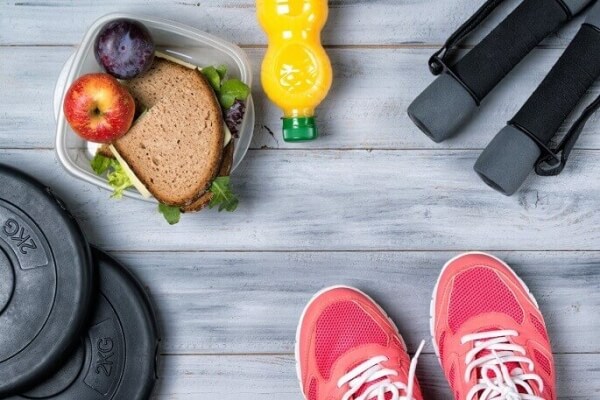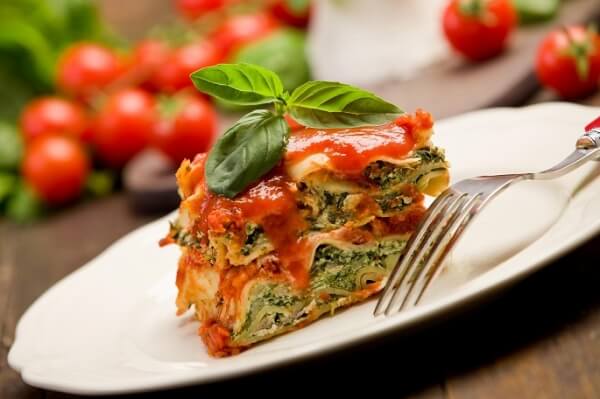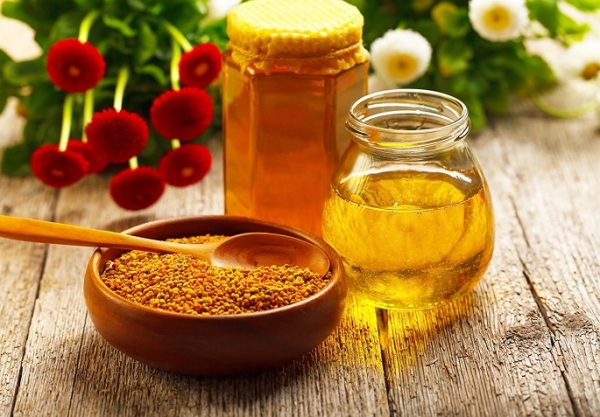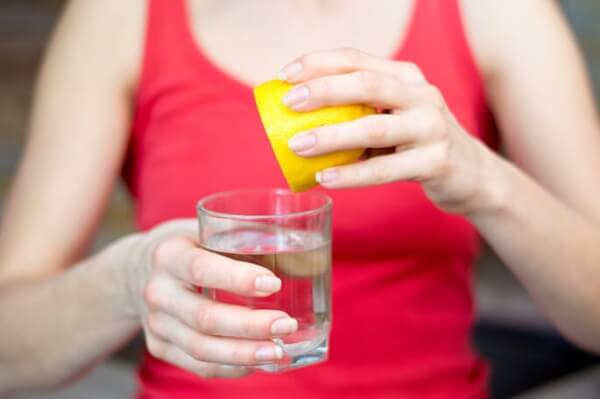
The first thing that comes to mind when it comes to sports nutrition is gainers, proteins, and other similar supplements that are introduced into the diet.
But a person involved in sports should be much more attentive to his diet and, possibly, change the menu.

The athlete's diet depends on how intensively and precisely what he does, what results he wants to achieve, at what stage he is.
So, in power sports, there are two stages: the stage of weight gain, when the number of calories increases to the maximum and drying when the weight is reset.
In athletics, football, and other sports, it is essential to have not only well-developed muscles but also a healthy heart and lungs.
What determines the diet of athletes?
The sports menu is developed, taking into account several factors:
- weight, degree of load of the athlete, the need for calories and trace elements;
- metabolic rate;
- the need for support or weight correction;
- muscle mass and body fat requirements.

For example, the athlete's menu at the stage of gaining muscle mass (and with it the weight) should contain a maximum of proteins.
It is a building material for muscles. But protein without enough fat and carbohydrates (not to mention micronutrients) will not be fully absorbed.
The drying stage, on the contrary, requires a diet with minimum calorie content.
When drying, it is essential to lose weight as much as possible - so that muscle mass does not go away with fat and water.
Therefore, proteins are reduced slightly in the menu, and fresh vegetables are used to replenish the "supply" of carbohydrates.

When compiling a menu, you cannot select products blindly: not only calories are calculated, but also the amount of proteins, fats, carbohydrates, vitamins, and minerals in each dish.
Replace proper nutrition with "sports food" - protein shakes and gainers, not paying attention to the taste and composition of dishes, is not worth it.
In this case, it is elementary to overdo it with food additives and spoil the stomach.
Some examples of menus
Below are sample menus for different types of athletes. Multiple meals and variety unite them.

1500 calories daily diet
This option is suitable for men who lose weight, and for girls who are gaining or supporting weight.
Breakfast: vegetable omelet with tofu and berry juice/cottage cheese casserole with juice/oatmeal and stewed fruit.
Second breakfast (snack): fruit / apple mousse / grapes.
Lunch: light salad and cream soup with broccoli/beetroot salad, soup asparagus puree/salad with apple and celery and mashed soup with mushrooms.
Snack: stew with chickpeas and barley with mushrooms and tomatoes/spaghetti, vegetable roll with zucchini/buckwheat, and stewed vegetables.
Dinner: eggplant rolls with feta and Caesar salad with vegetable cutlets and pineapple salad.
As you can see, nutrition for athletes can be varied and useful.
6,000 calories daily diet
Here is one of the "heaviest" menus, designed for 13 meals.
Heavyweight athletes can use it at the stage of weight gain.

Breakfast includes a drink (juice, fruit drink, or compote) with scrambled eggs or porridge. Snack is standard - pure fruits, berries, or fruit dessert.
Lunch four. Each of them includes 2-3 dishes: side dish, salad, hot.
There are also four-afternoon snacks - with a side dish and a protein dish. Dinner is three. They include salads or side dishes, dishes with cheese or vegetables.
Sports nutrition should be selected based on the needs of the body.
Before overloading yourself with an extreme diet of 6,000 calories or, conversely, eating a strict food, you should consult your doctor or trainer.







